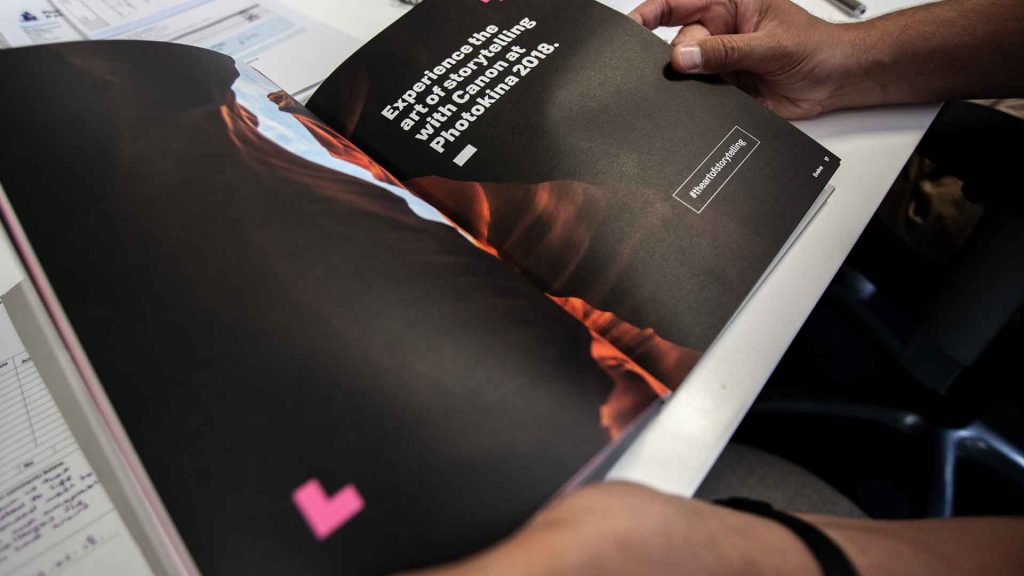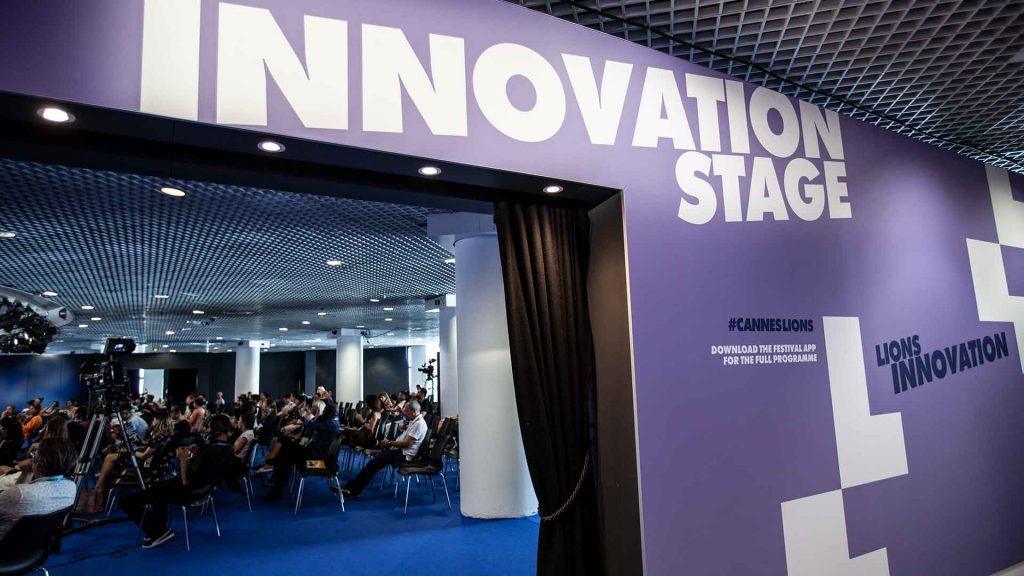A touch of print.
2LK embraces the challenge of keeping up with technology. It’s partly how we’re able to come up with forward-thinking, innovative solutions for our clients. However, it’s not the only way. Print is a medium that’s often overlooked and underestimated – and in some cases thoroughly ignored.
We’ve all seen the ‘print is dead’ headlines over the past few years, but from everything I’ve seen going through our studio (and beyond), it feels like we’re in the midst of a print revival. This led me to wonder why this is. Am I just going through some kind of middle age nostalgia, or are people really starting to value print again?
I love everything that technology provides, but no matter how clever it is I still don’t get the same ‘connection’ to a device that I do to a piece of print. I scan the content I’m looking for on smartphones and tablets and then move on. The functional, transactional nature of this suits my time poor lifestyle. Yet a well-considered piece of print can stop me in my tracks, and the time I thought wasn’t there suddenly appears. My personal experiences are supported by studies which suggest that many people approach their digital devices with a state of mind that’s far less conducive to learning than the one they bring to paper, whether they realise it or not.
Haptic communication relates to our sense of touch, and according to leading American neuroscientist Dr David Eagleman, it “represents a powerful form of non-verbal communication”. He goes even further to suggest that “what we touch shapes what we feel”. This explains why certain print finishes affect how we feel, regardless of the content.

Neuroscience shows that we engage different parts of the brain to form our sense of touch, based on what we see and feel. A US-study by Temple University found that subjects showed greater emotional response and memory for physical media ads, and they caused more activity in brain areas associated with value and desire. A report by Up to the Light and the Design Business Association also showed that 63% of client-side decision-makers say printed new business approaches from agencies have more impact than emails.
We’ve recently put this to the test in a couple of pitch situations. We shunned PDFs, Google Docs and on-screen presentations. Instead, we prepared highly polished pieces of print design to engage the senses and elicit emotional responses. This might sound clichéd, but I promise there was true drama to the opening of a book and the air was heavy with anticipation as the printed contents inside a presentation box were revealed one by one. We were asked to provide more copies to share with people who weren’t at the pitch. This let us communicate with the prospective clients long after the pitch finished. We also won both pitches.

Such reactions aren’t limited to small-scale print. Exhibition graphics also have the same effect. Whether printed direct on fabric, glass, wood, plastic, or anything else, most of us still have a haptic desire for longer and stronger connections with what we can touch in front of us.
As a designer, it’s also satisfying to observe the inquisitive nature of people as they run their fingers over a piece of print – wanting to know how it feels and how it was produced. There’s no better forum for this than 2LK’s work with Ascential Events for the Cannes Lions Festival of Creativity– our biggest print challenge of the year.
Over the five-day event, we produce and fit over 800 square meters of print communications both inside and outside the Palais des Festivals, in beach bars, on yachts and around temporary structures. It’s an incredible opportunity to showcase the power of print, how eye-catching graphics can affect people’s perceptions of the event and enhance the visitor experience.
In today’s digitally-connected world, the use of technology is often seen as the ‘default button’ for any event or live experience, but take a moment to consider that a touch of print may actually give you the extra edge.
More reading: